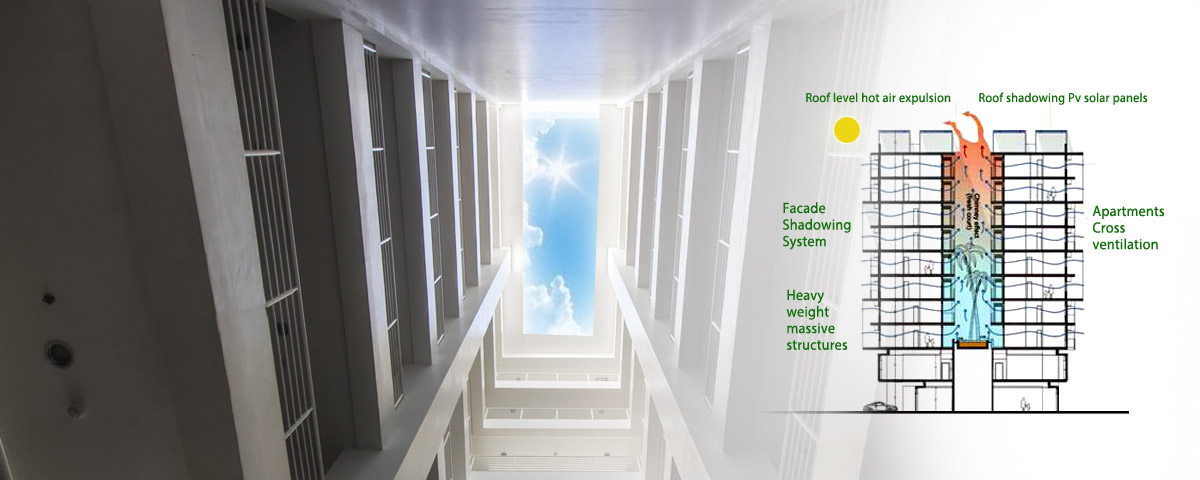
At Primavera Residences, there is an inner courtyard where the air, as it warms, rises up. The motion results to a natural breeze inside the building.
It is funny how millions of people pat each other on the back when for one hour every year they turn out their lights to conserve energy. And for the rest of the hours of the year, their air conditioners or heaters are turned on full blast.
It is therefore a challenge to everybody to live this energy-saving lifestyle every single day of the year. Not only will we walk our talk but also make amends with our finances by decreasing our electric bills. How can we do this? Let me present here the features of green architecture, specifically what is called a passive smart building. Smart not because it uses artificial intelligence but it conserves resources innately through its design.
Primavera is an example of these buildings with eco-friendly architecture here in the Philippines. As the first eco-friendly building in Mindanao, it features a geo-cooling system and a shadow-cooling system. Additionally, it makes use of a photovoltaic system to augment the energy needs of the building. Now what do these seemingly big words mean?
The geo-cooling system
The Primavera Residences simply makes use of the natural direction of warm air. We all know that warm air rises. Therefore, their buildings have external air inlets that allow cool air to pass through these into the building. Inside, there is a chimney outlet where the air, as it warms, rises up. The motion results to a natural breeze inside the building. Additionally, the apartments are situated so that they allow for cross ventilation.
The shadow-cooling system
What seem to be simple ledges on the facades of Primavera Residences are actually part of a carefully planned shading system. These ledges, when hit by sunlight would create shadows so that units that would have been otherwise exposed to direct heat of the sun are afforded the coolness of the shade. In addition to this, the solar panels installed at the top of the buildings not only provide additional energy but also provide an additional layer of protection from the sun.
In the competitive environment of urbanization, what has become of primary concern is the sustainable real estate development in the Philippines. With the changes in weather patterns and the more intense weather conditions, people should think beyond mere conveniences and plan for lifestyles that would maximize and at the same nurture the resources still with us.
Find out how a building can breathe on its own, and provide energy-savings for its residents. Click here.

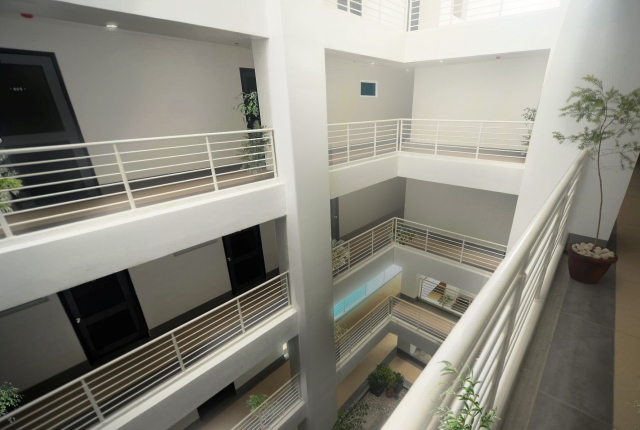
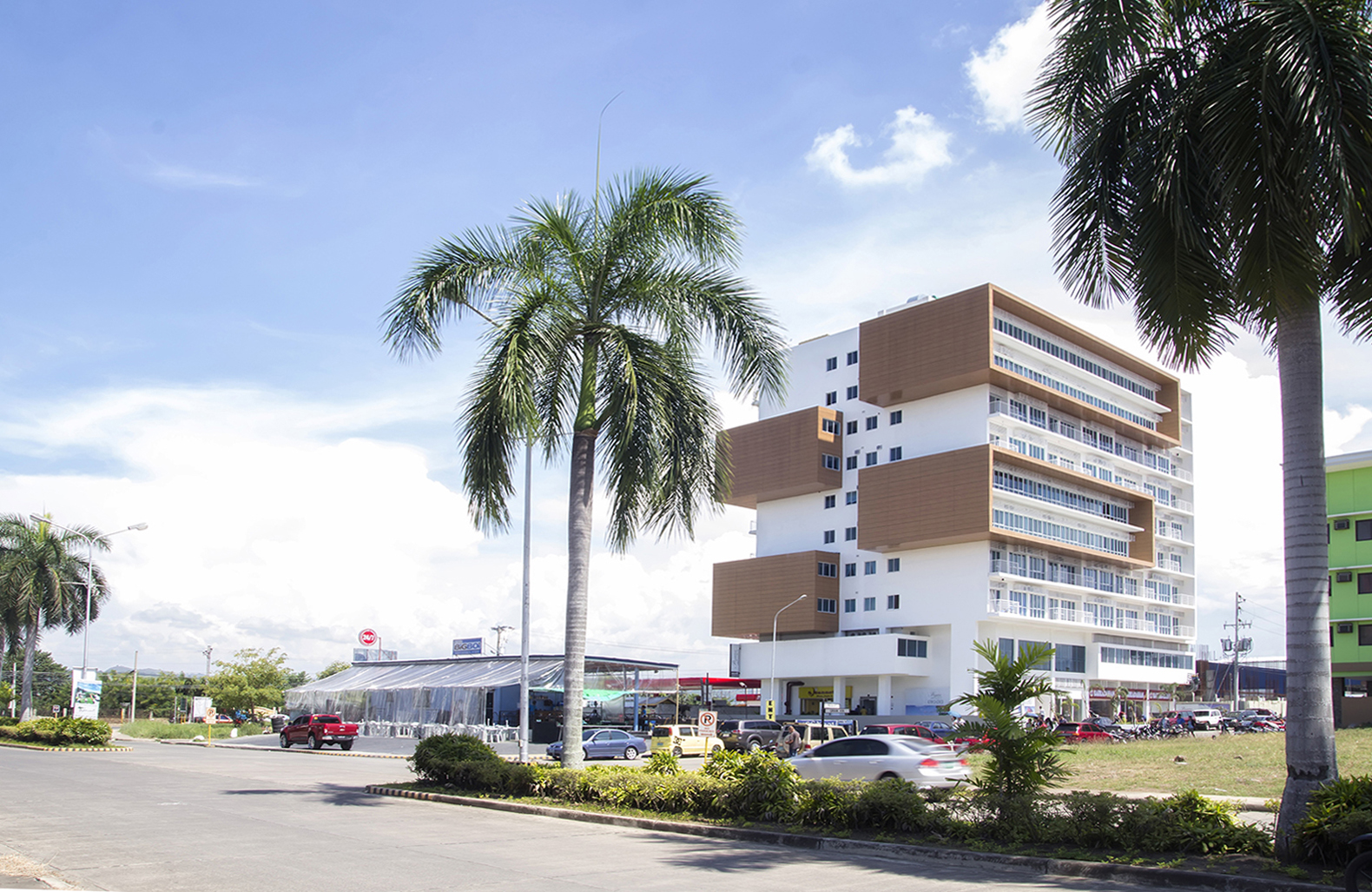
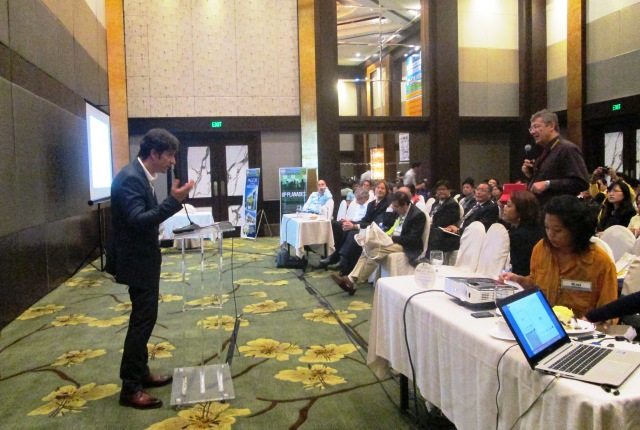



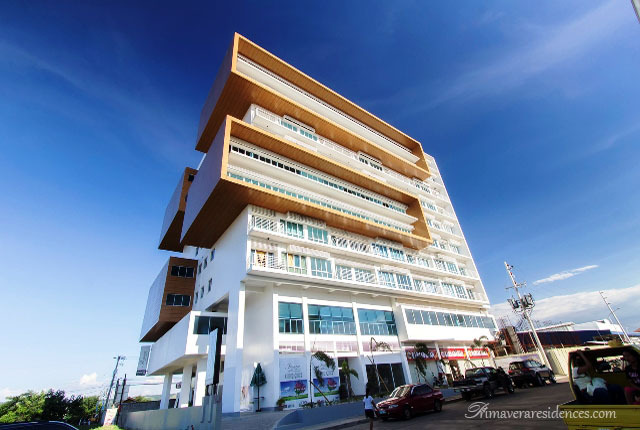

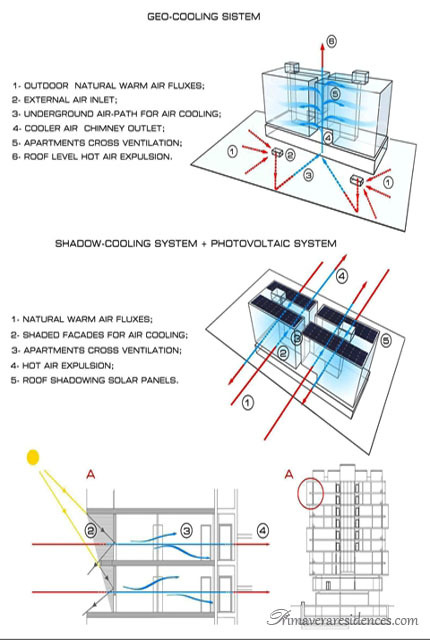
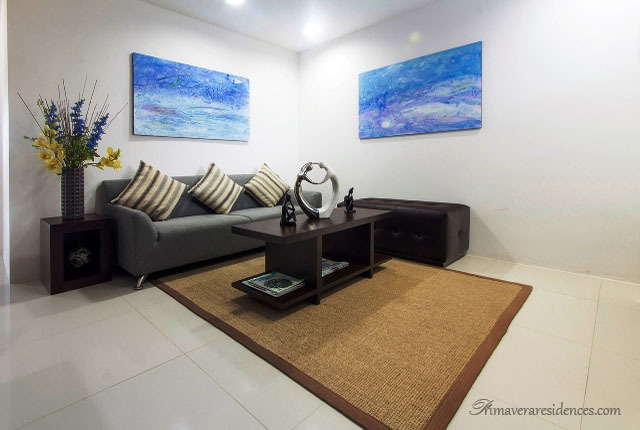
 Italian Arch. Romolo V. Nati and Filipino Atty. Jojo Leviste are prime movers in sustainable development in the Philippines.
Italian Arch. Romolo V. Nati and Filipino Atty. Jojo Leviste are prime movers in sustainable development in the Philippines.